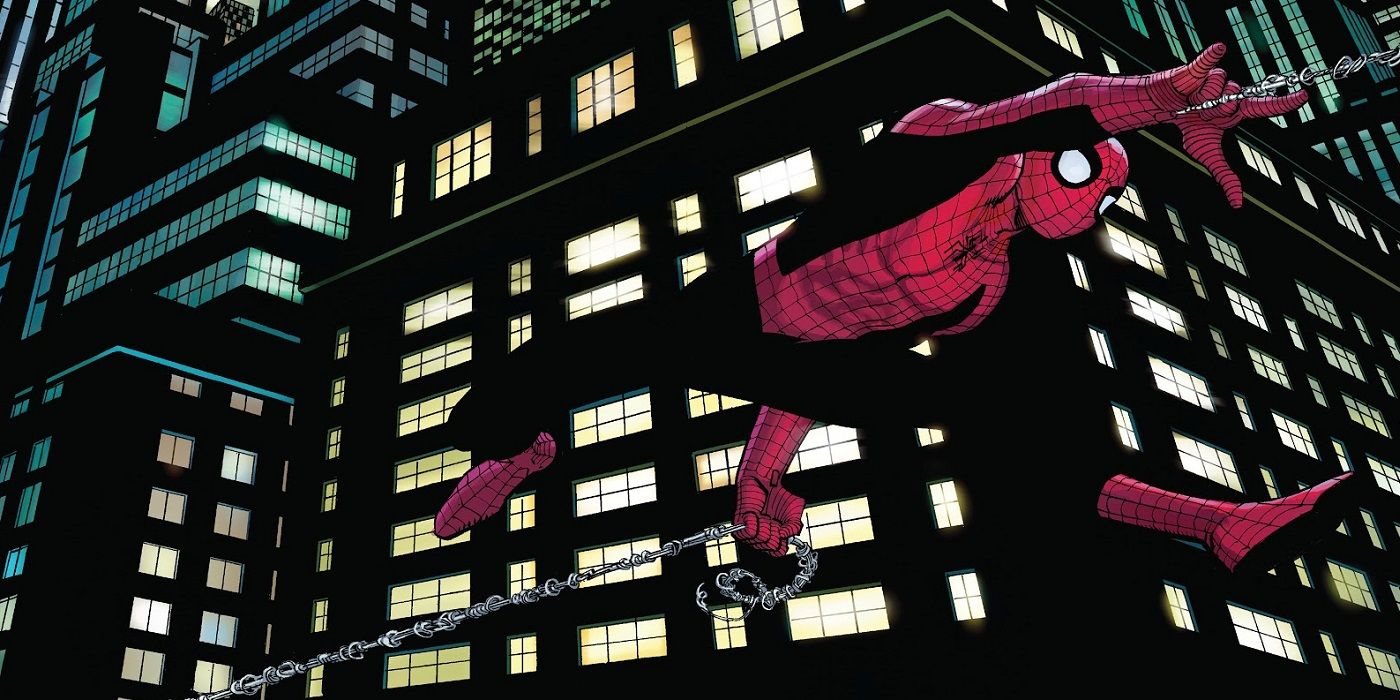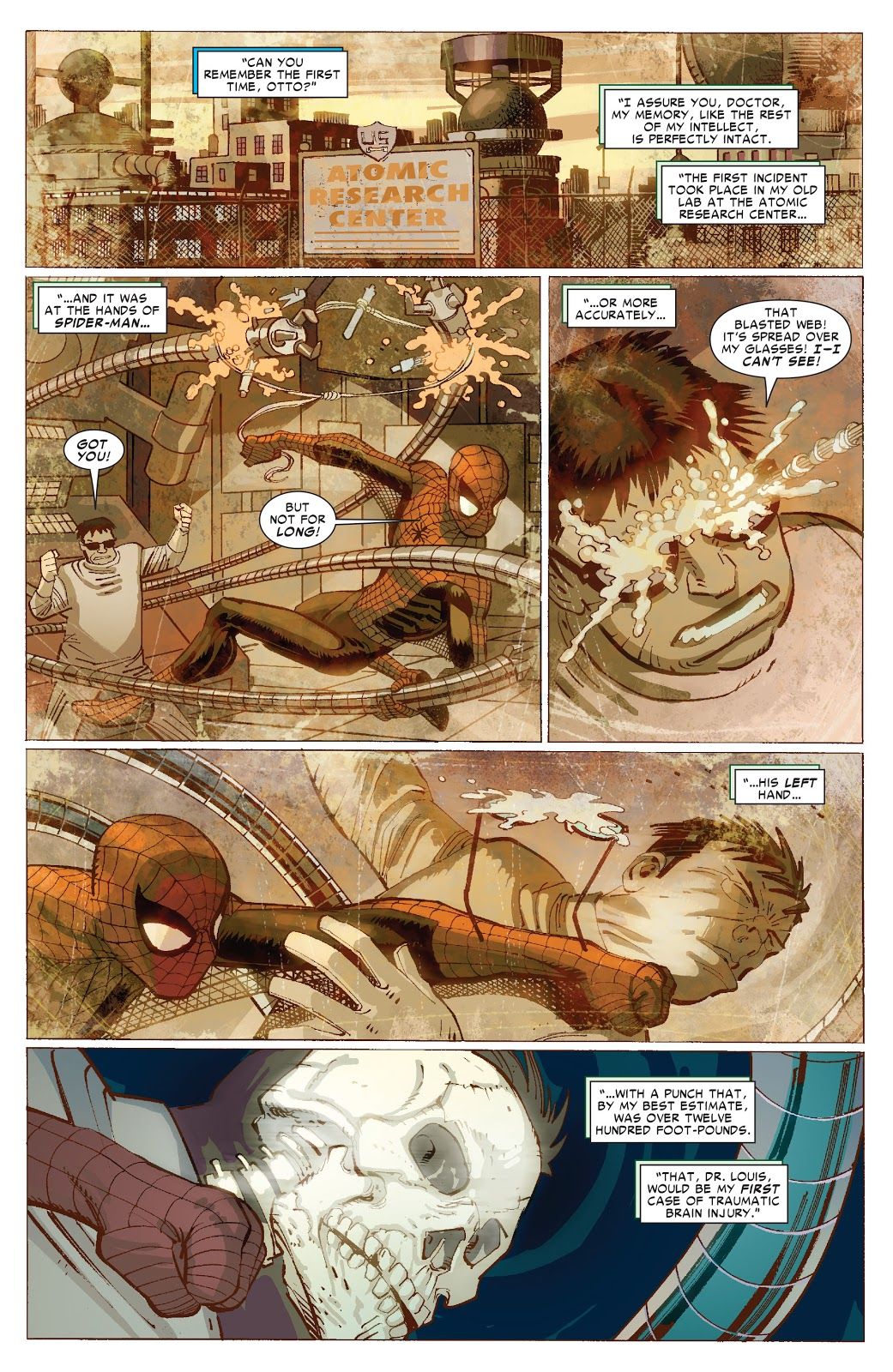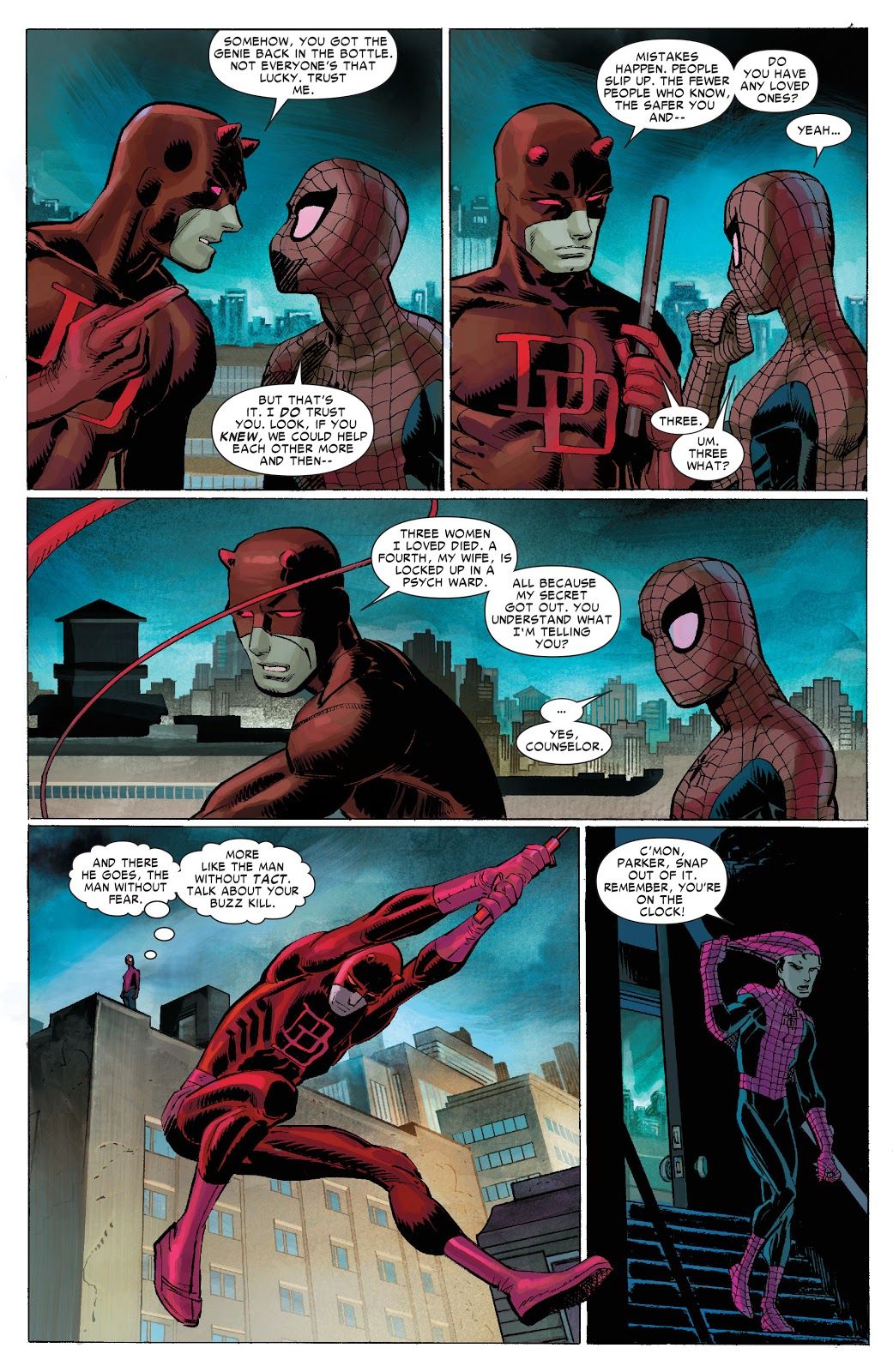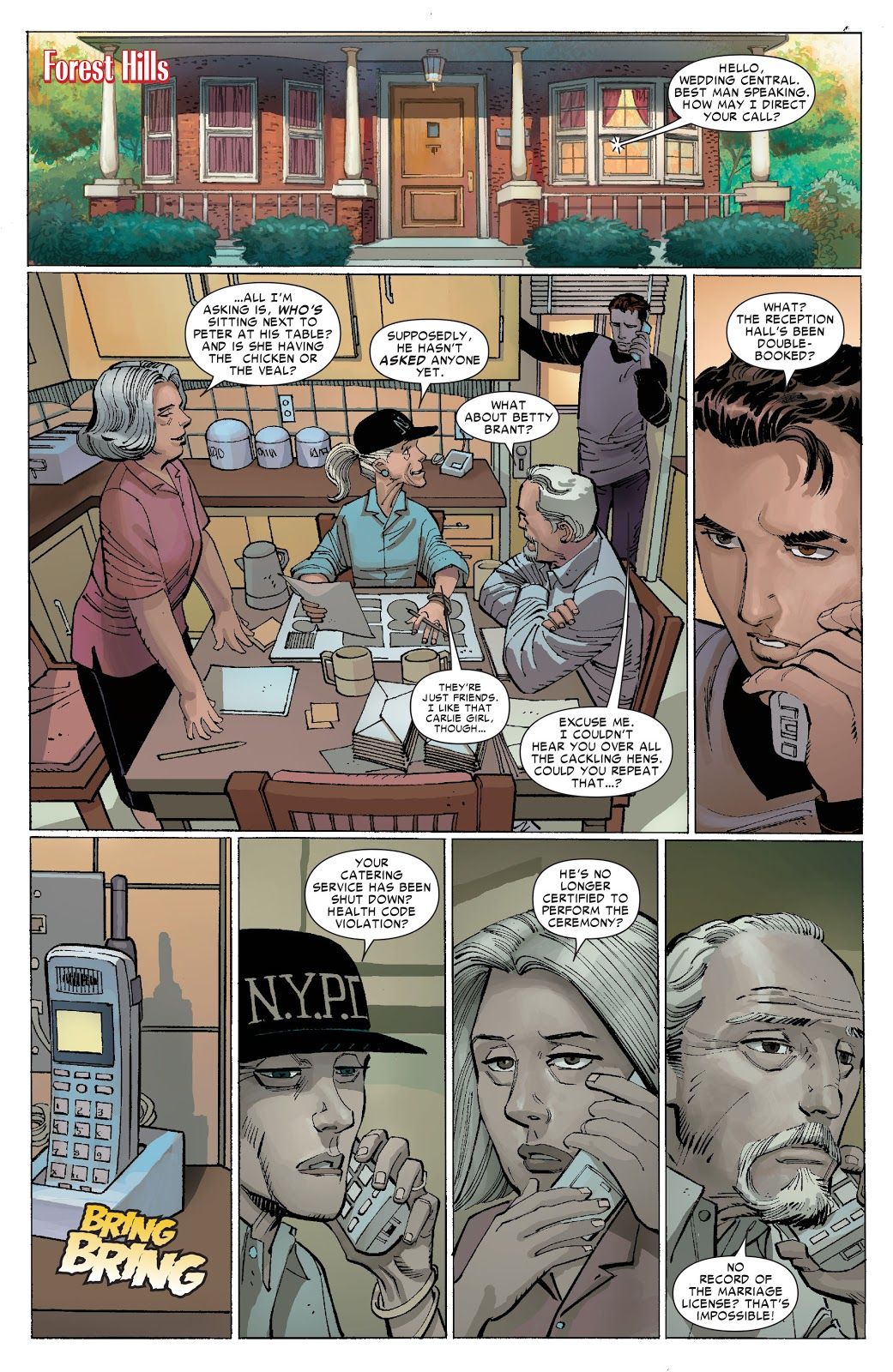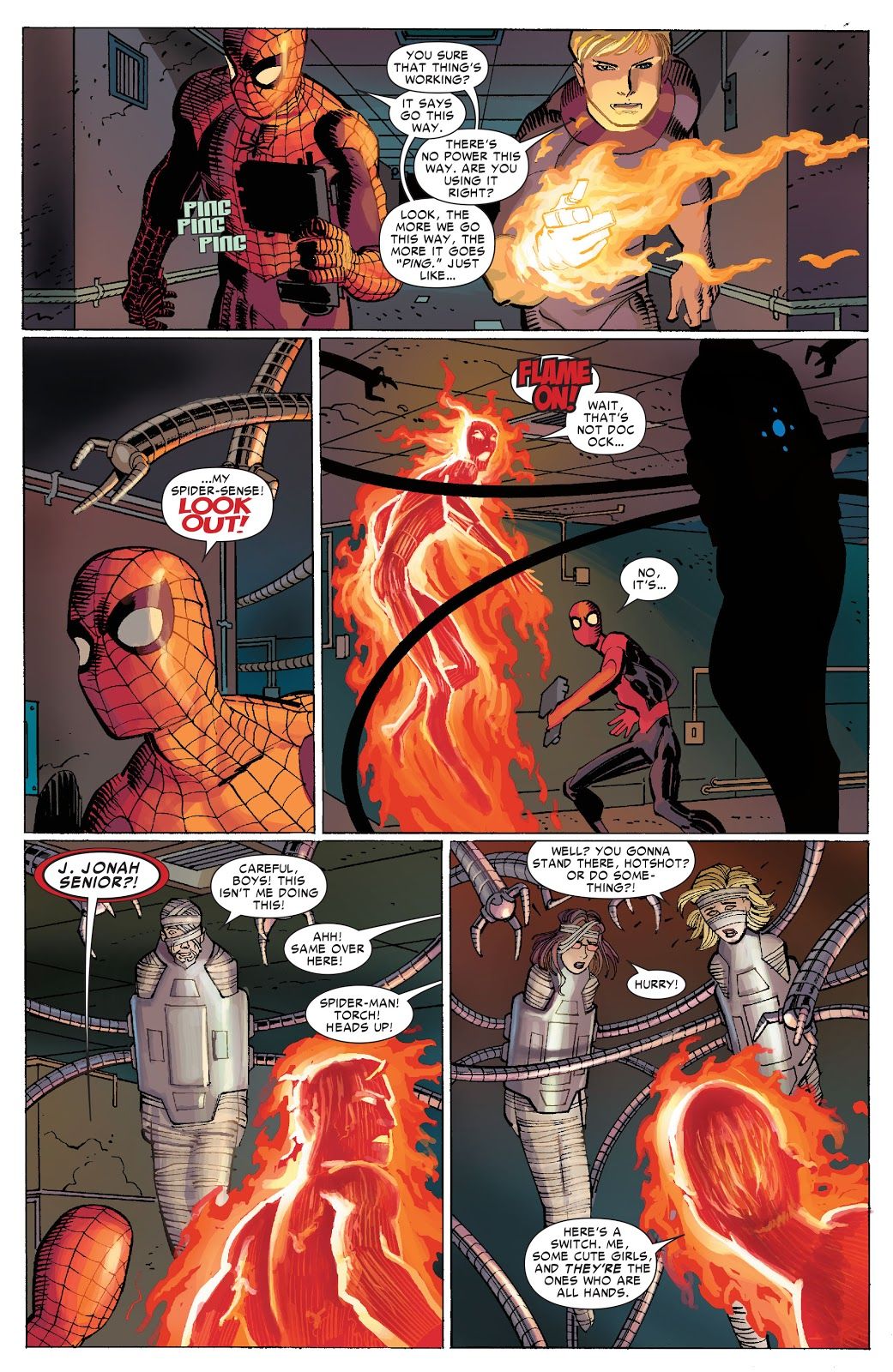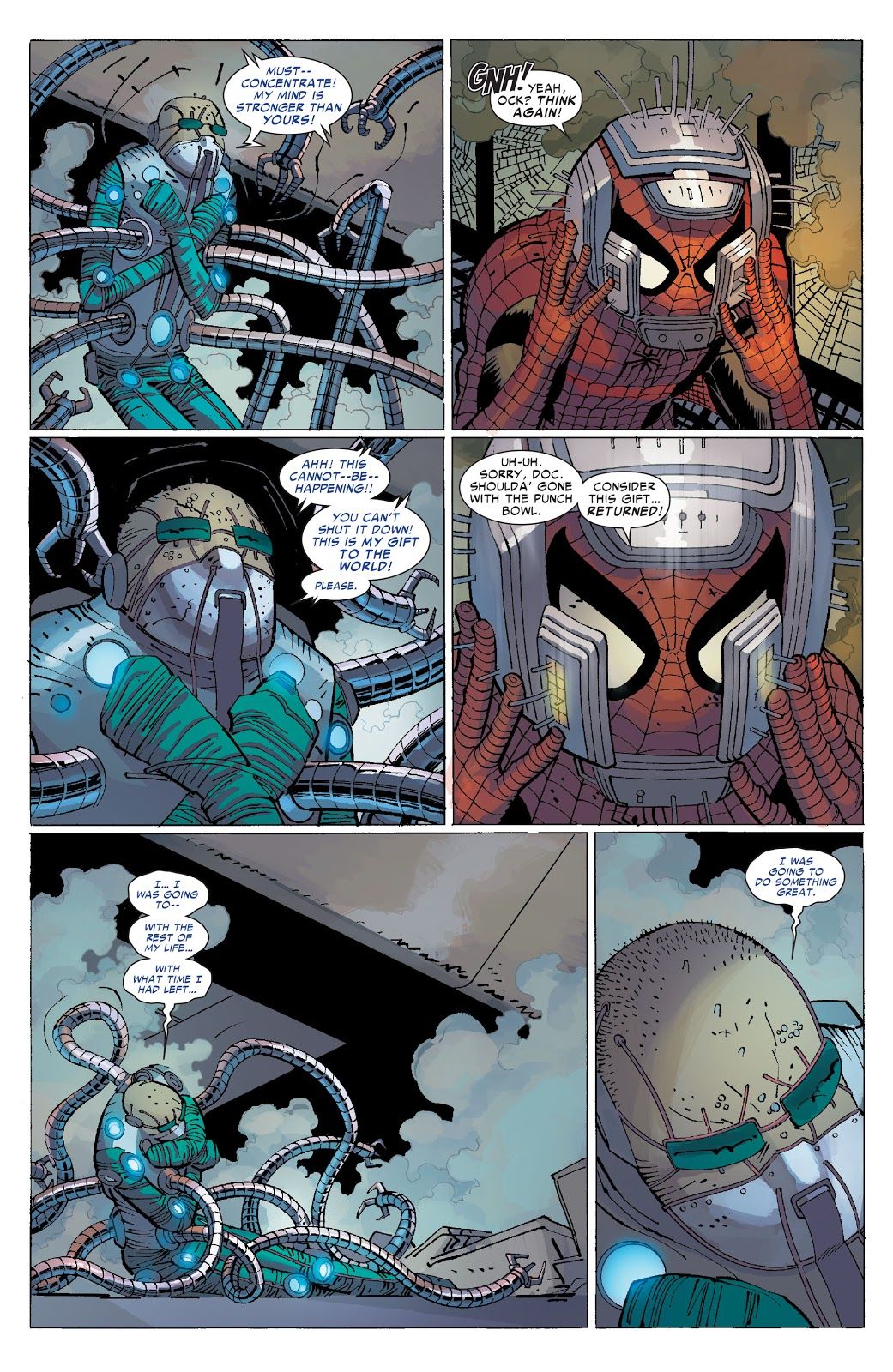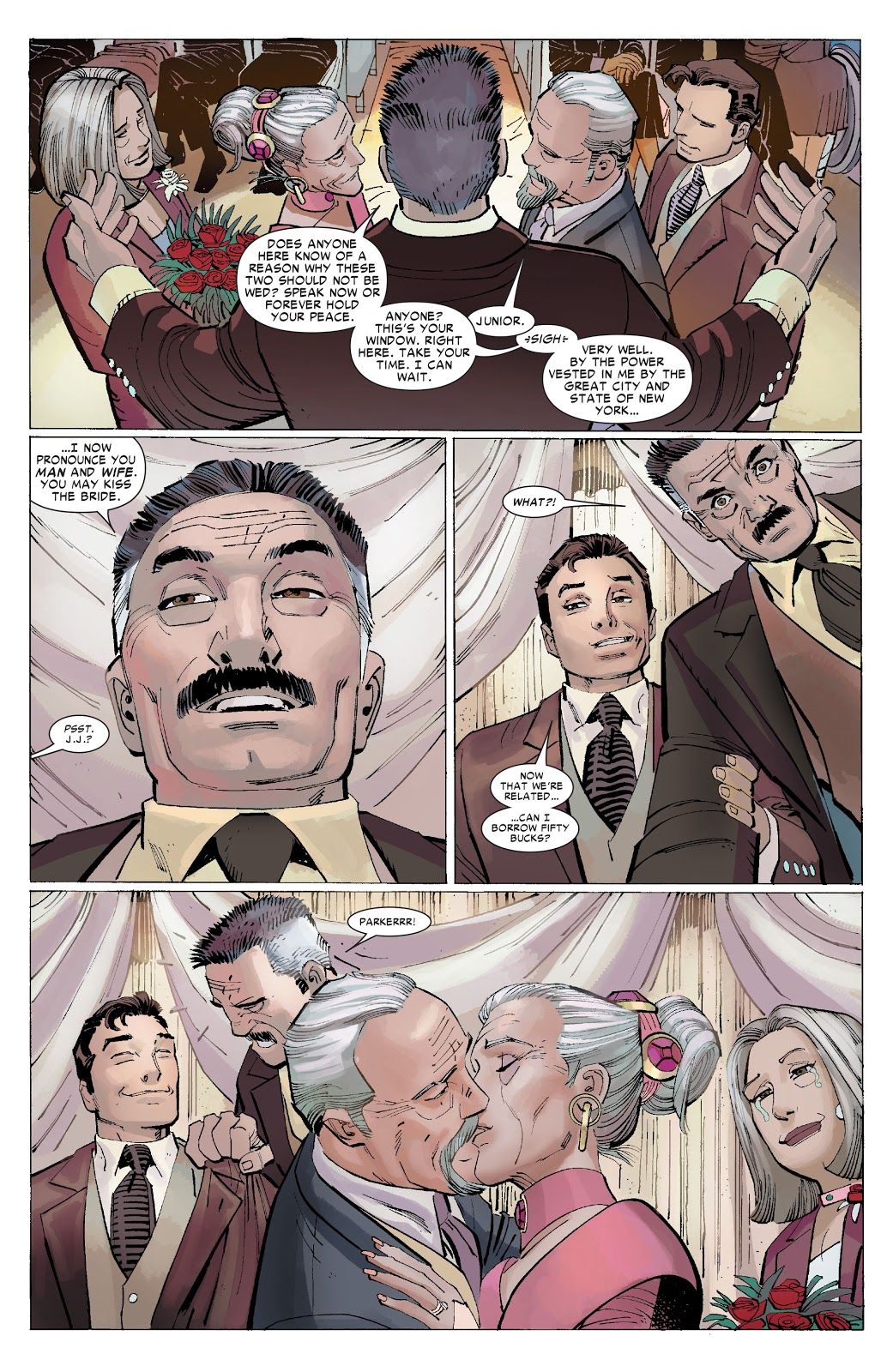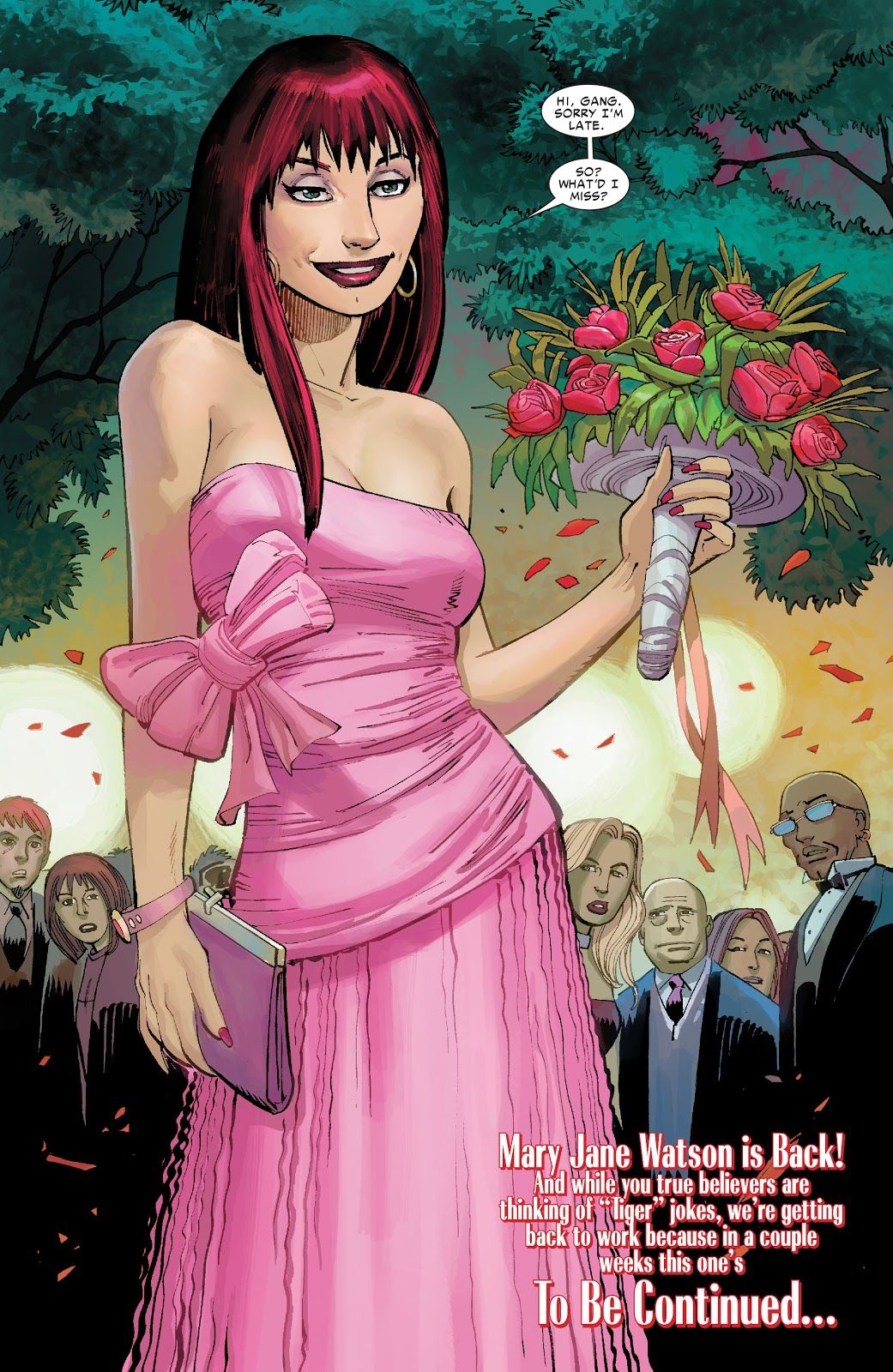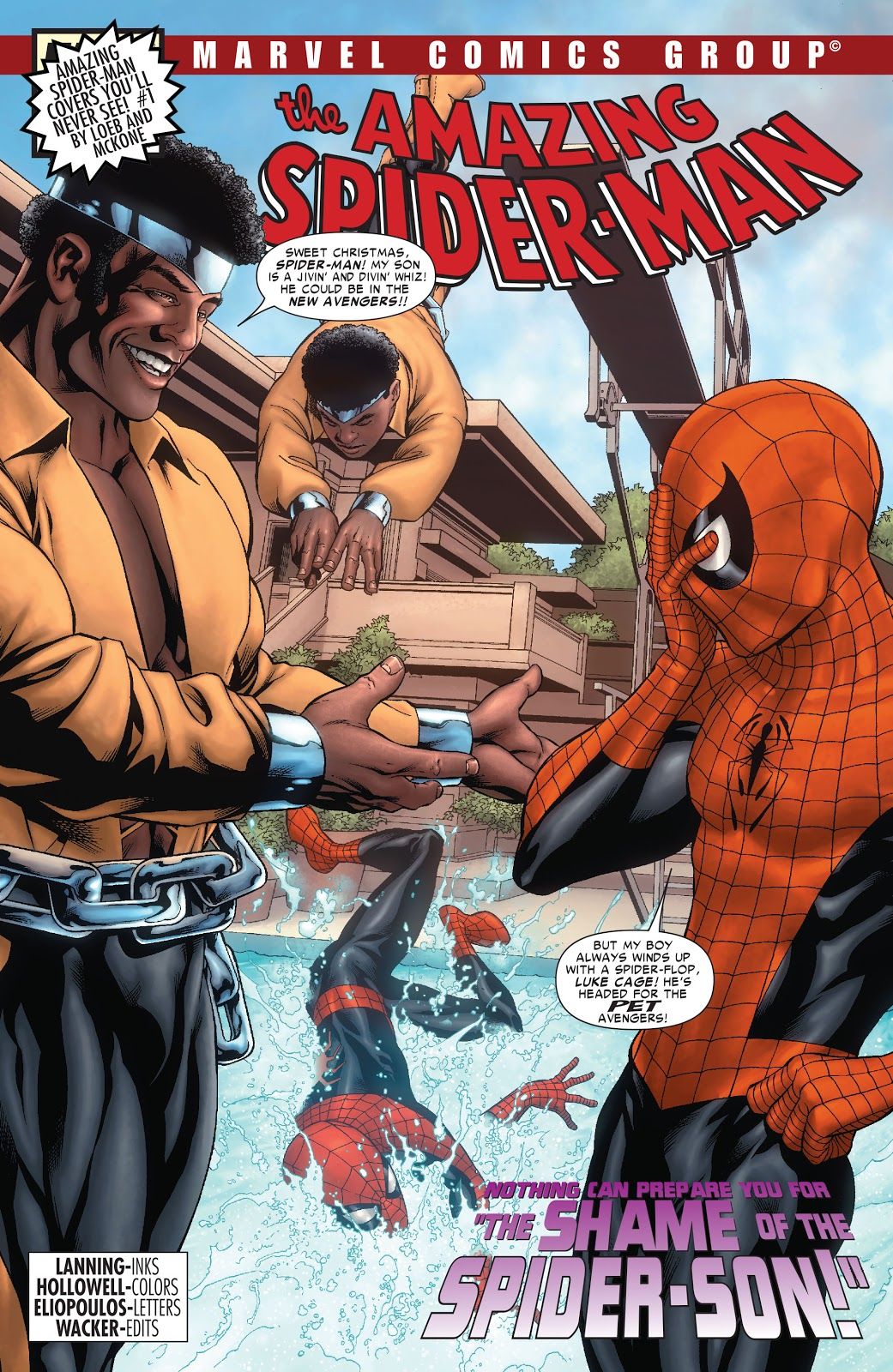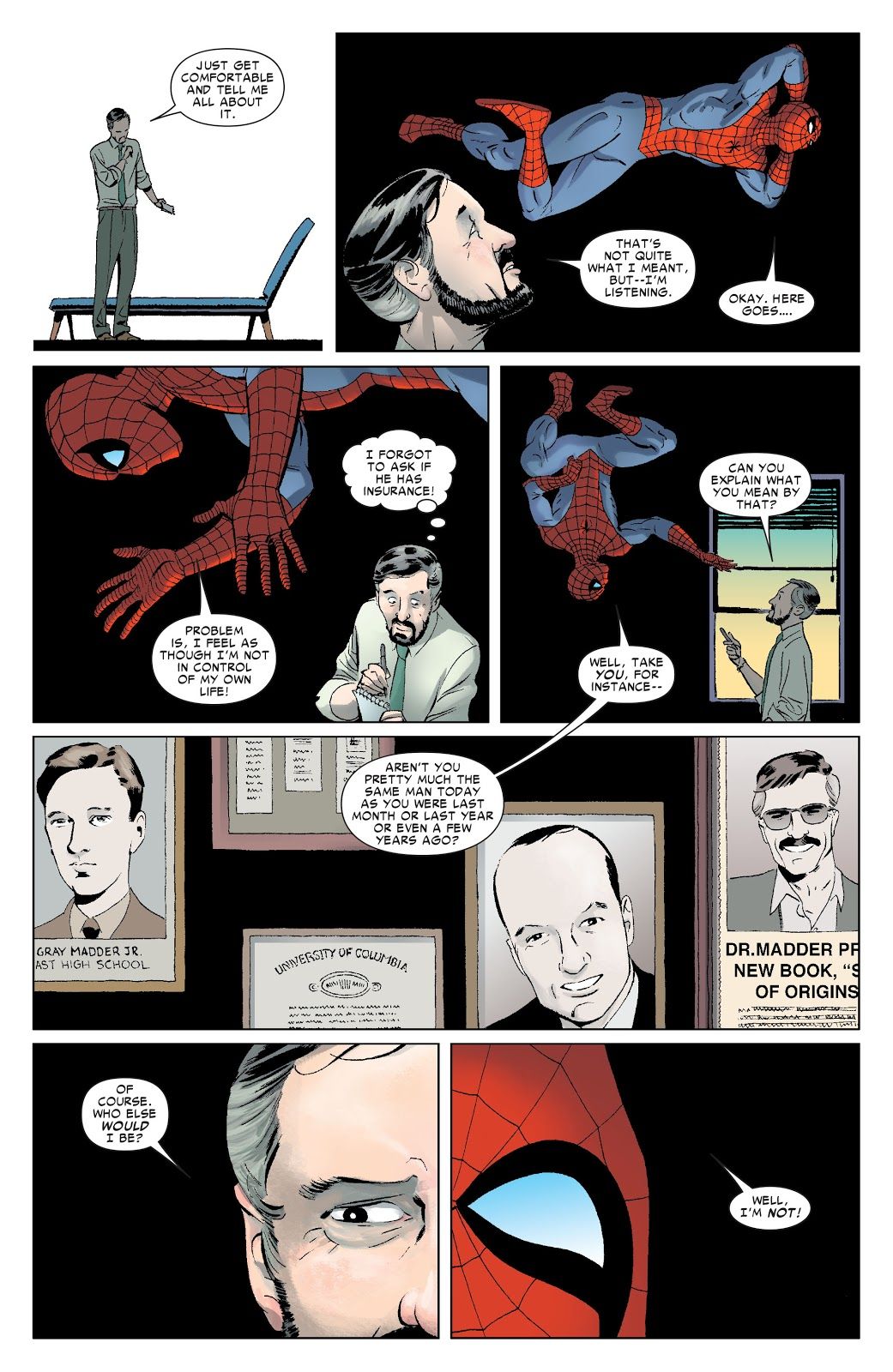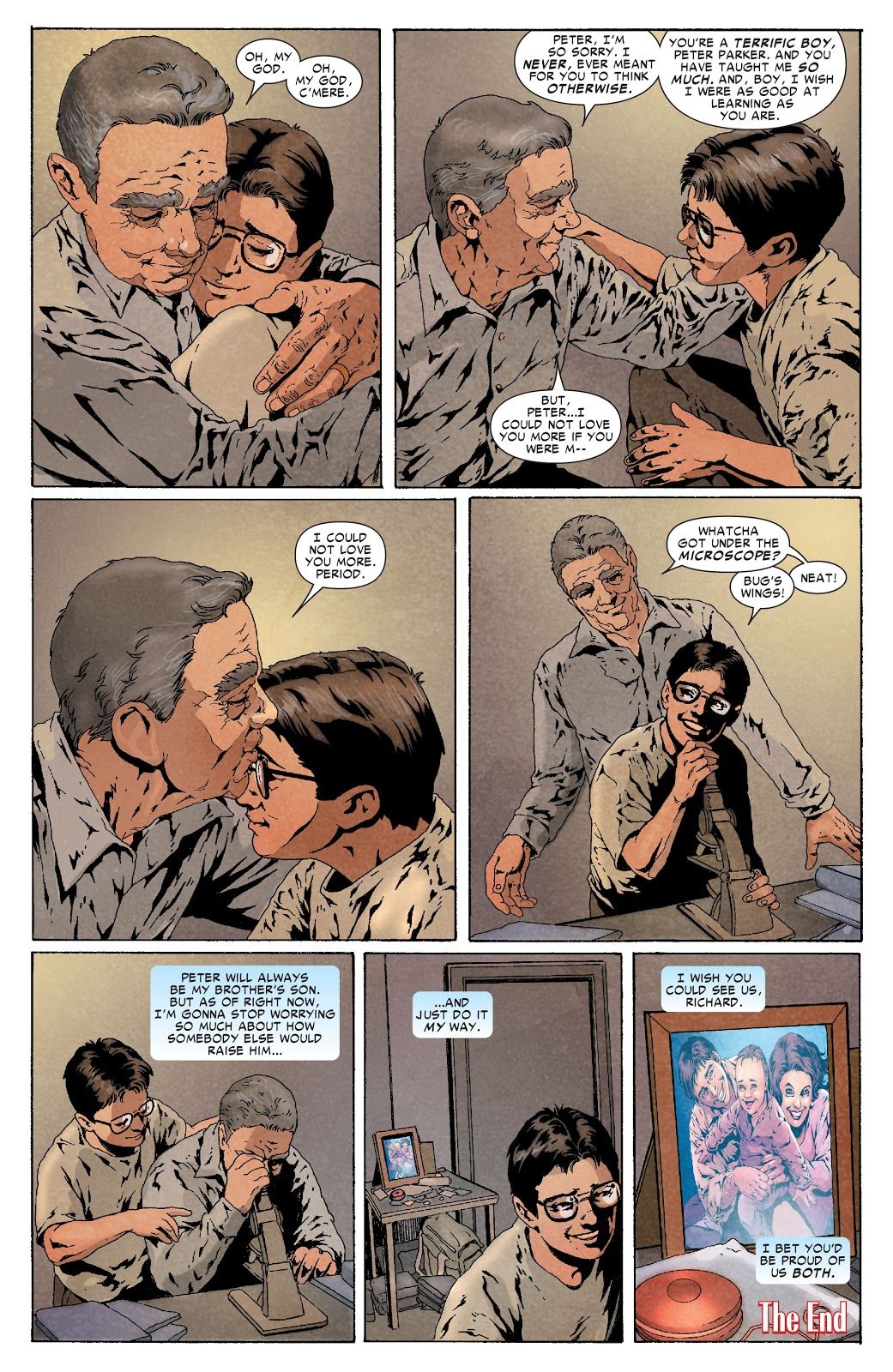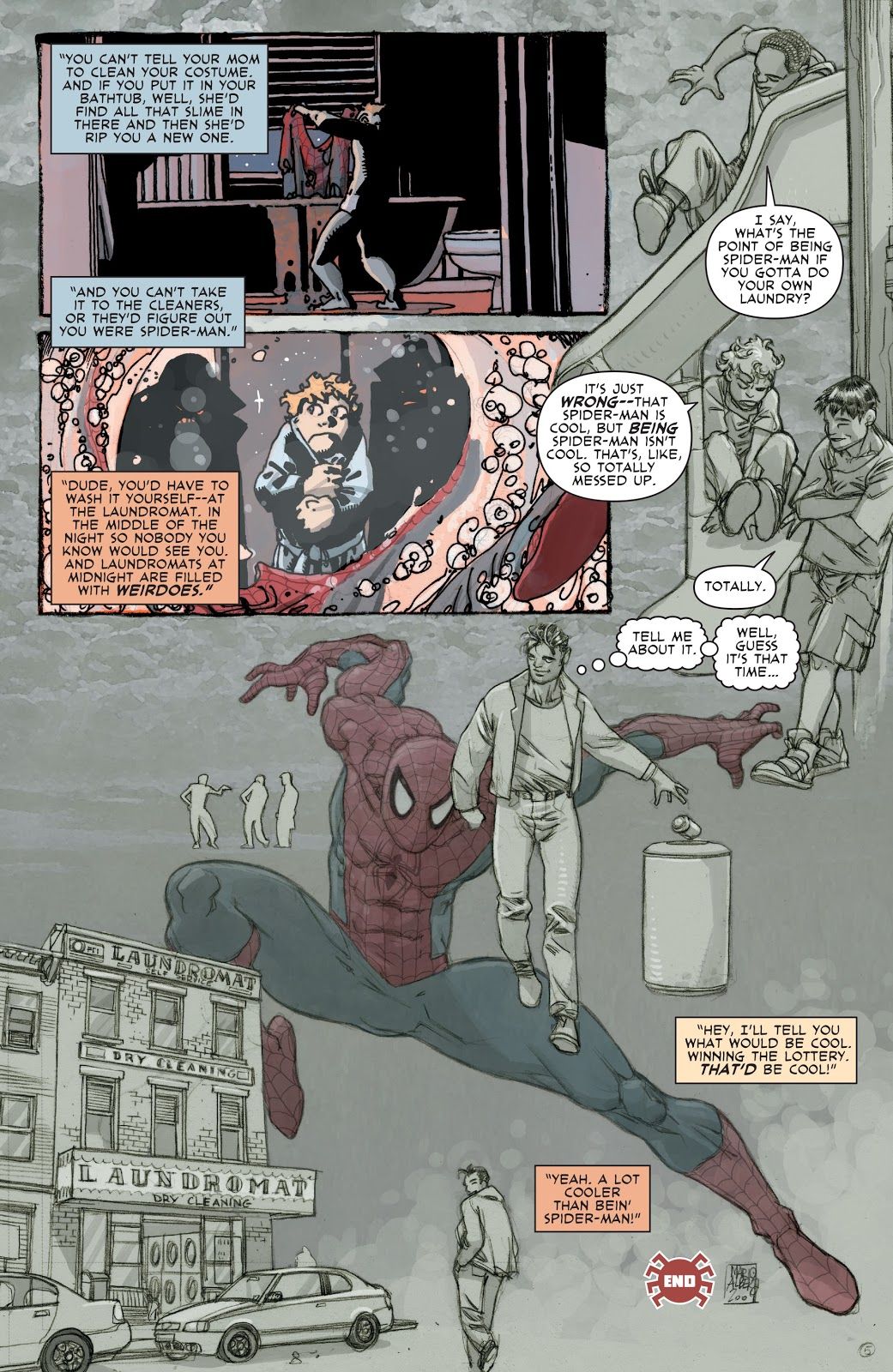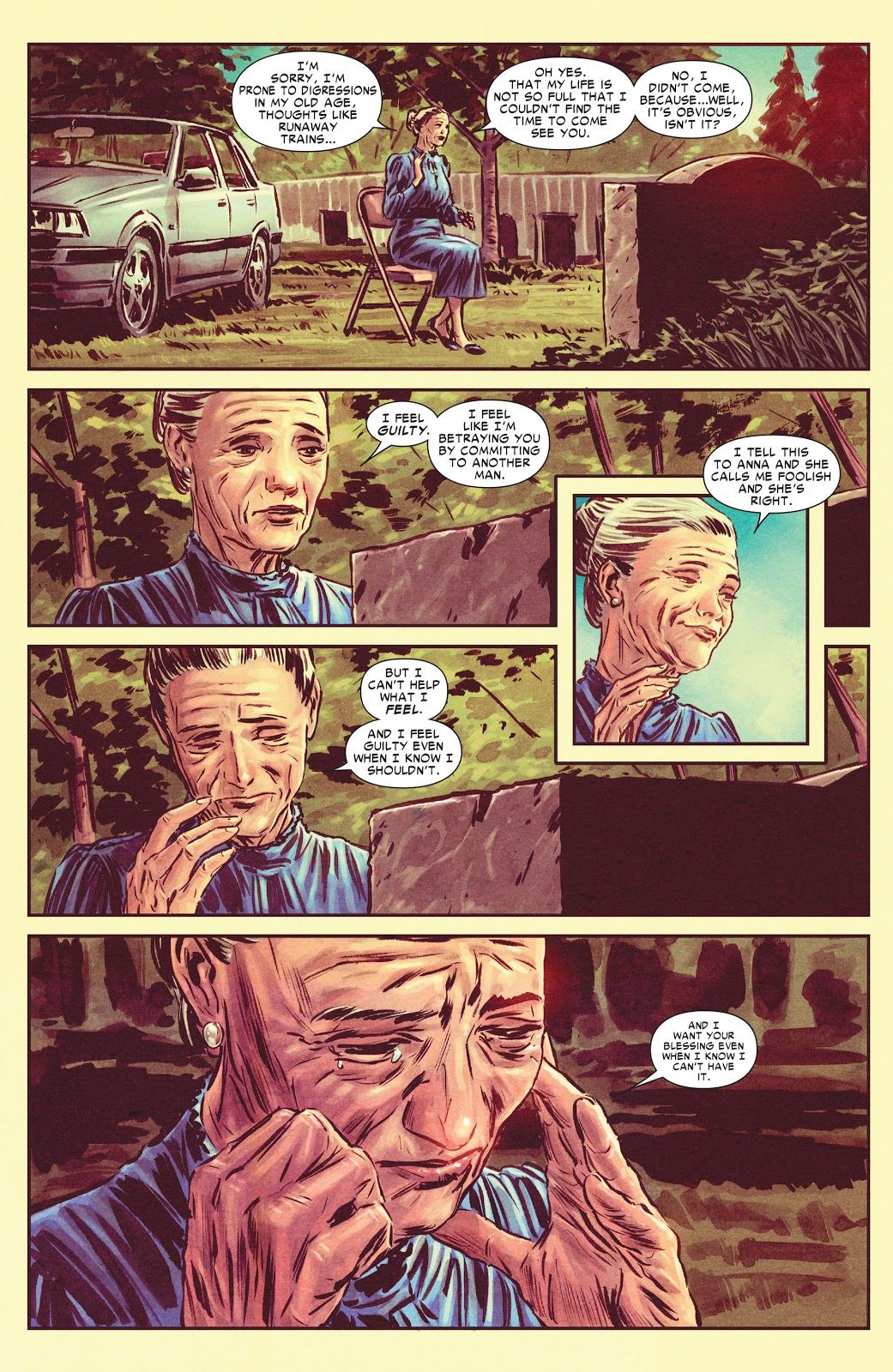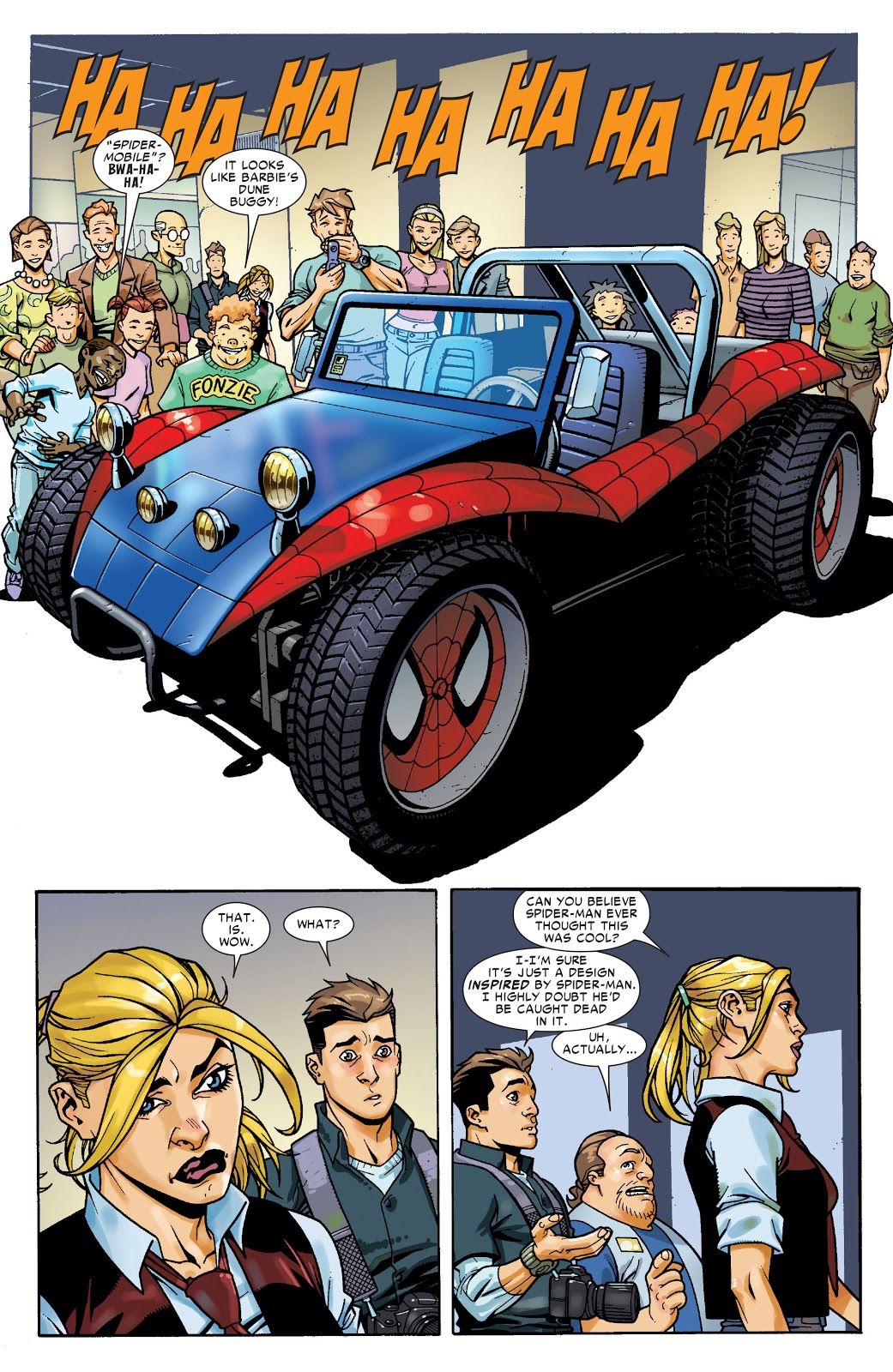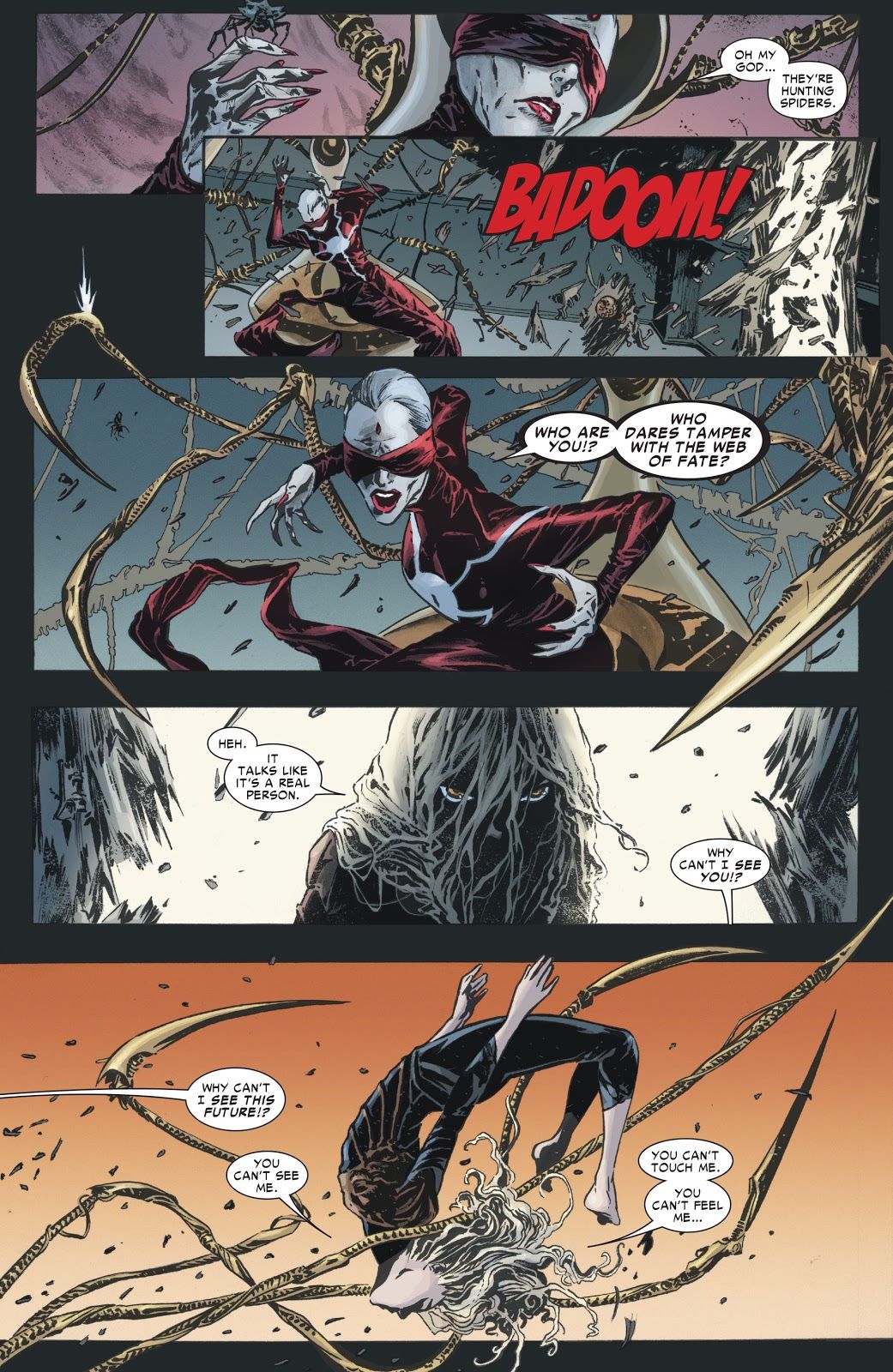This is "Look Back," a brand-new feature that I plan to do for at least all of 2019 and possibly beyond that (and possibly forget about in a week, who knows?). The concept is that every week (I'll probably be skipping the four fifth weeks in the year, but maybe not) of a month, I will spotlight a single issue of a comic book that came out in the past and talk about that issue in terms of a larger scale (like the series overall, etc.). Each week will be a look at a comic book from a different year that came out the same month X amount of years ago. The first week of the month looks at a book that came out this month ten years ago. The second week looks at a book that came out this month 25 years ago. The third week looks at a book that came out this month 50 years ago. The fourth week looks at a book that came out this month 75 years ago.
Today, we're going to burn through our July Look Backs all at once!
We begin with a look at July 2009's Amazing Spider-Man #600, a comic book that ended up playing a major role in the history of Spider-Man, although not necessarily for the reasons we thought that it would at the time.
As you may or may not know, 2008 saw the launch of "Brand New Day," which was a new "back to basis" approach to Spider-Man that followed "One More Day," a storyline that erased the marriage of Peter Parker and Mary Jane Watson. Marvel then ended the two other Spider-Man titles of the era (Sensational Spider-Man and Friendly Neighborhood Spider-Man) and made Amazing Spider-Man the only Spider-Man series, releasing it three times a month. With such a schedule, one creative team wasn't enough, so new editor Stephen Wacker (who had edited 52 at DC which involved a multiple-writer writing team) brought in the Spider-Man "brain trust," four writers who would split the book up among each other. Dan Slott wrote the first storyline, but there was also Marc Guggenheim, Bob Gale and Zeb Wells. Later, Joe Kelly, Mark Waid and Fred Van Lente stepped into the "Brain Trust" as other writers left (there were also fill-in issues by other writers, like Roger Stern).
Still, Slott kicked the whole thing off and it was Slott that got to write the main story for the first "anniversary" issue of the series after "Brand New Day" begun (all of the other brain trust writers at the time did a back-up story apiece). The art team on the main story was John Romita Jr., Klaus Janson and Dean White. This was Romita Jr's second Spider-Man anniversary issue, as he had previously drawn Amazing Spider-Man #500. Romita Jr. also did the anniversary issues for Uncanny X-Men #200 and #300. Being one of the top artists that Marvel had for decades, he worked on a number of big comic books, so that makes sense. Romita Jr. would leave Marvel a few years after this issue, so this would be his last major Spider-Man work. In fact, I think it's his last Spider-Man comic book PERIOD (obviously, who knows what the future holds?).
The big "event" of the main story is that Aunt May Parker is marrying Jay Jameson, the father of J. Jonah Jameson. There's at least one person who is not happy about that, which is namely Doctor Octopus, who once almost married May himself (as part of one of the more ridiculous supervillain plans of all-time. He needed to marry her because she had inherited an abandoned nuclear power plant and he thought that that would be an awesome villain headquarters, so he wanted to marry her to get the abandoned plant). There was some confuson over the years as to just how much Otto Octavius really cared about Aunt May, but I think it is fair enough to note that he does, in fact, have some sort of real feelings for her. He wasn't in it for solely the power plant, ya know?
Slott, in this issue, also introduced a new facet to Doctor Octopus, which was namely the fact that Octavius was now dying due to prolonged traumatic brain injuries from him being punched in the head way too many times over the years by superheroes and him, you know, not having a super-powerful skull (that is something that never made sense in Spider-Man 2, by the way. Doctor Octopus was punched repeatedly in the face by Spider-Man in the film without any ill effect, which doesn't work at all, since he is just a dude with robotic arms)....
Part of "Brand New Day" was also that Spider-Man's secret identity, which had been revealed during the events of Civil War, was now a secret again. It is debatable whether Spider-Man identity being hidden again was actually a part of the deal that Spider-Man and Mary Jane cut with Mephisto back during "One More Day" or if it was just something that happened separately. It was revealed in "One Moment in Time" (a year or so after this issue) that Iron Man, Doctor Strange and Mister Fantastic used a mixture of magic and science to erase the knowledge of Spider-Man's secret identity from the world. In #600, Spider-Man decides that he will entrust the information to Daredevil, who was one of the few people who knew Spider-Man's identity BEFORE he revealed it to the world. Amusingly, Daredevil tells him not to do it, pointing out that however Spider-Man got his identity secret again (the proverbial genie back into a bottle), he should be grateful for it...
This is amusing because Daredevil, himself, later had his exposed secret identity hidden from the world through, essentially magic when the children of the Purple Man wiped the knowledge of Daredevil's identity from the rest of the world.
Doctor Octopus slowly takes control of New York City and then, shockingly, all of the well-organized aspects of Aunt May's wedding that day suddenly get thrown for a loop, as the good Doctor is using his ability to control all of the technology of the city to cancel all of her appointments and stuff like that...
As Doctor Octopus takes full control of the city and turns it into a weapon, Spider-Man and the superheroes of New York City need to fight back. Spider-Man was a member of the New Avengers at the time, so they help out their teammate, but Spidey also teamed up with the Fantastic Four to try to stop Octopus' plan, including Spider-Man and Human Torch having another one of their classic team-ups. Dan Slott is currently writing the ongoing adventures of the Fantastic Four, but it is interesting to note that Slott has always managed to work the Fantastic Four into a lot of his past stories. Heck, his very first story for Marvel was a Speedball back-up story that guest-starred the Invisible Woman at a key moment. Also, one of Slott's great early Marvel works was a Spider-Man/Human Torch miniseries.
Anyhow, when it comes down to it, the only way that Spider-Man can defeat Doctor Octopus is to, in effect, "out-think" him, as Spidey takes control of the helmet that Octopus was using to control the little mechanical devices he was using to control the city....
So Spider-Man wins the day. However, this is obviously important because what wasn't clear at this point (although, come on, it was pretty clearly a very likely scenario at the time) was that this meant that Doctor Octopus now had Spider-Man's brain waves. 100 issues later, this proved very significant when Doctor Octopus took control of Spider-Man's body and left Spider-Man in Doctor Octopus' dying body. This led to the classic Superior Spider-Man storyline that proved so successful that Doctor Octopus eventually returned to a cloned version of Spider-Man's body and currently stars in a Superior Spider-Man ongoing series.
Anyhow, May and Jay get married, thus making Peter and J. Jonah Jameson sort of related...
One of the main aspects of "Brand New Day," of course, was that Spider-Man was now single. Since he was no longer married to Mary Jane, it was only natural that the writers would then write Mary Jane out of the book, as it was weird to break up their marriage and then have her just be there right away. So the end twist of this story was a great bit, with Mary Jane returning to the series...
Okay, that's the main story, but the book was famously a 100-page comic book. So that meant back-ups by the other Brain Trust members and a special back-up by Stan Lee.
Mixed in between the back-ups were "Never Told Spider-Man Stories" pin-ups by Mike McKone and Andy Lanning (plus one John Romita Jr and Klaus Janson one) that were written by various top Marvel writers of the time, like Brian Michael Bendis...
The first back-up story was by Stan Lee, Marcos Martin and Javier Rodriguez, one of the very last Spider-Man stories written by Lee, where Spider-Man sees a psychiatrist based on Lee...
Mark Waid, Colleen Doran and Jose Villarubia delivered a touching short story of Ben Parker trying to relate to his young nephew...
Bob Gale and Mario Alberti did a clever short story about how two young kids view Spider-Man...
Marc Guggenheim, Mitch Breitweiser and Elizabeth Breitweiser put the spotlight on Aunt May as she visits Uncle Ben's grave to talk about her upcoming nuptials (only the second marriage for Aunt May in the comics, although she's been engaged roughly 200 times)....
Zeb Wells, Derec Aucoin and Antonio Fabela did a hilarious look at the Spider-Mobile...
Finally, Joe Kelly, Max Fiumara and Chris Chuckry did a nice set-up for the upcoming storyline involving Kraven's family trying to resurrect Kraven the Hunter...
The Brain Trust would only last another 40 or so issues before the series was revamped into becoming a twice-monthly series with Dan Slott as the sole writer (although occasionally with co-writers to help things along). As time went by, Marvel launched some secondary Spider-Man titles and there are currently three regular Spider-Man books, and Amazing Spider-Man typically still comes out more than once a month.
Slott continued to write Amazing Spider-Man solo until Amazing Spider-Man #700, and then the book was rebooted as Superior Spider-Man and that ran for a while before the book relaunched as Amazing Spider-Man again with the return of Peter Parker to the control of his own body again. The book was re-numbered just in time for Slott to write his THIRD Spider-Man anniversary issue in Amazing Spider-Man #800, one issue before he finally ended his historic run on the series.
Sadly, May and Jay's marriage ended in tragedy when Jay become ill and passed away. The possibility of his return was a big part of The Clone Conspiracy, a Spider-Man crossover that offered up the idea that perhaps a number of dead characters could be brought back from the dead, but it resulted in only a handful of actual resurrections, including the aforementioned return of Doctor Octopus in a cloned Peter Parker body.
Mary Jane remained a supporting character for most of Slott's remaining run on Amazing Spider-Man, but she was briefly part of Brian Michael Bendis' Iron Man run when she went to go work for Tony Stark. With the current Nick Spencer Amazing Spider-Man run, Peter and Mary Jane began to date again.
Spider-Man has had a fairly strong history when it comes anniversary issues and this issue was no exception.
If you have any suggestions for August (or any other later months) 2009, 1994, 1969 and 1944 comic books for me to spotlight, drop me a line at brianc@cbr.com! Here is the guide, though, for the cover dates of books so that you can make suggestions for books that actually came out in the correct month. Generally speaking, the traditional amount of time between the cover date and the release date of a comic book throughout most of comic history has been two months (it was three months at times, but not during the times we're discussing here). So the comic books will have a cover date that is two months ahead of the actual release date (so October for a book that came out in August). Obviously, it is easier to tell when a book from 10 years ago was released, since there was internet coverage of books back then.

